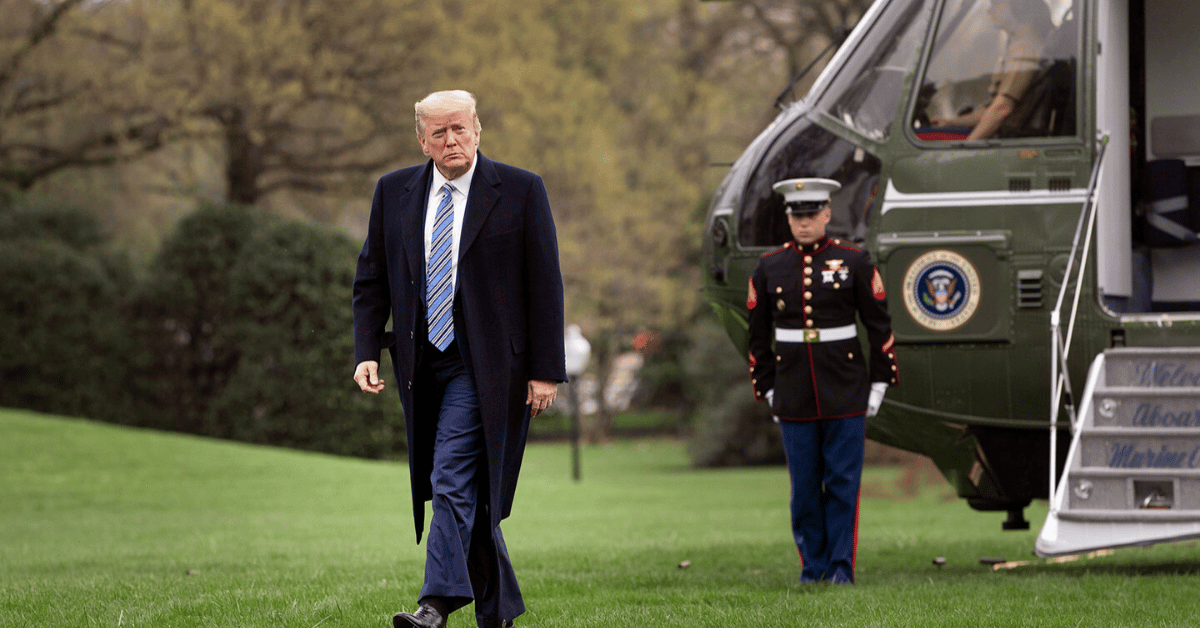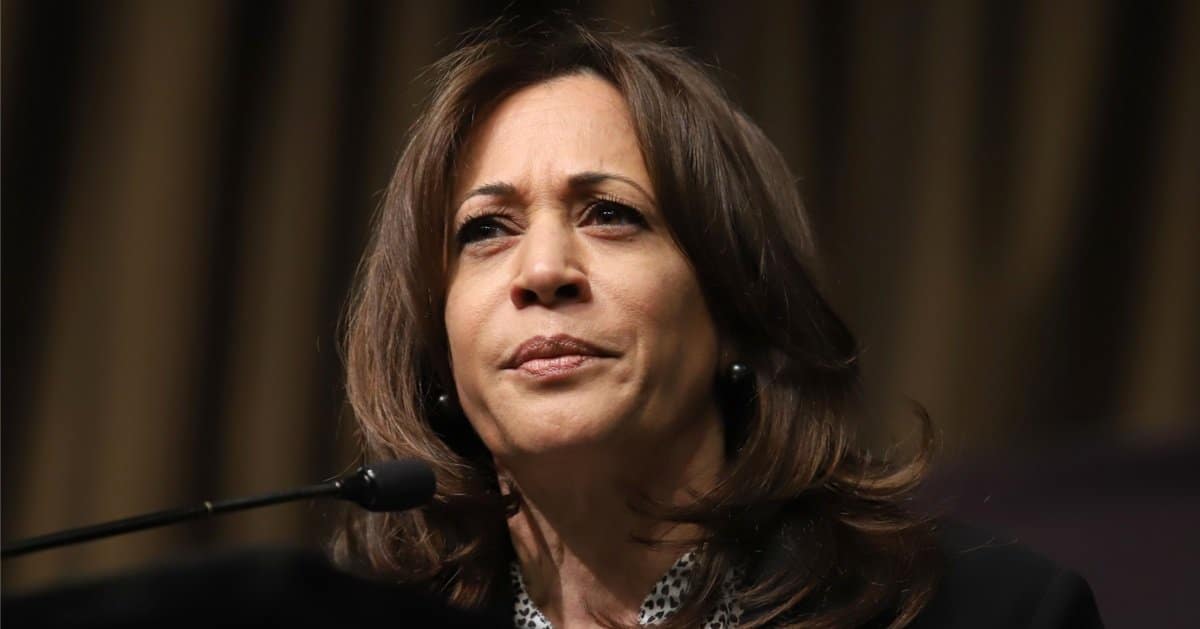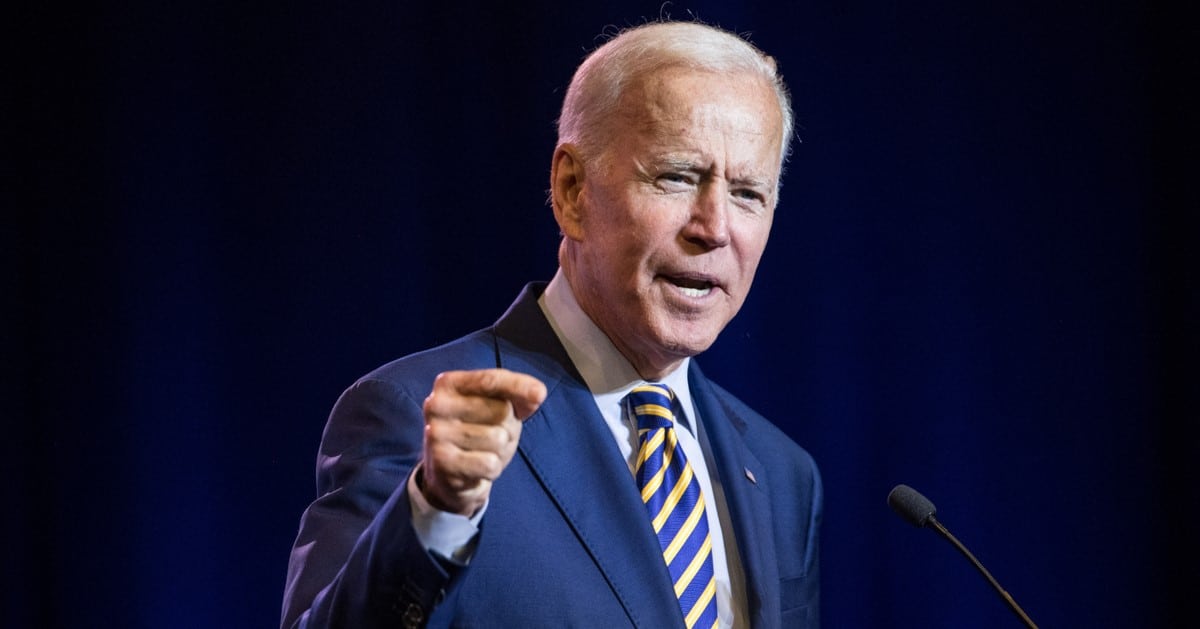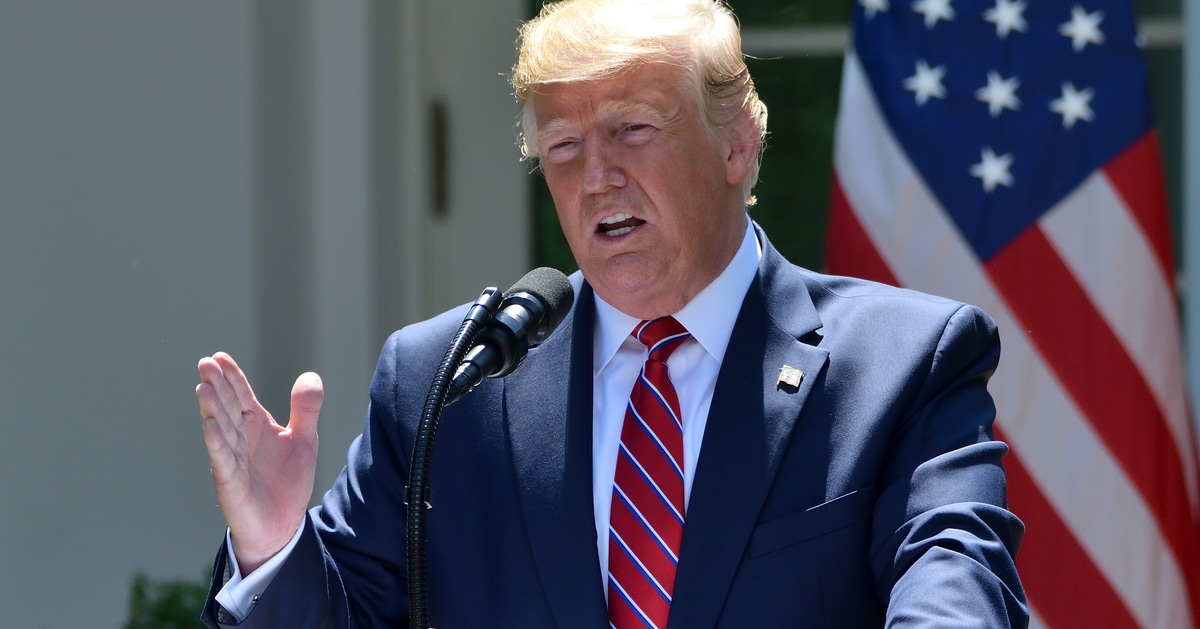This new agreement, establishing a transit route enhancing U.S. influence while diminishing Russia's, marks a pivotal shift in the Caucasus geopolitical landscape.
The conflict between Armenia and Azerbaijan, persisting for decades, found a new path to resolution through Trump’s diplomatic intervention. The deal, which includes the establishment of a 20-mile transit corridor, aims to bridge gaps not only on the map but also in regional power influences.
Understanding the "Trump route for international peace and prosperity"
Named the "Trump Route for International Peace and Prosperity," the corridor provides Azerbaijanis with direct access to their exclave, Nakhchivan. This development is particularly significant, considering the historical challenges Azerbaijanis faced when traveling through Armenian territories.
Previously, Azerbaijanis had to rely on longer, indirect routes for trade and travel to Nakhchivan. This new direct route not only simplifies logistics but also potentially boosts the economic interactions between regions, directly benefiting local and national economies.
While the U.S. now holds exclusive development rights along this new route, the arrangement indicates a shift in regional stewardship, with former peace agreements facilitated by Russia failing to advance to implementation stages.
The diminishing role of Russia in regional conflicts
In 2020, Russia attempted to broker a similar deal which never came to fruition, underscoring its decreasing effectiveness in resolving conflicts in this area. Luke Coffey from the Hudson Institute pointed out that Russia’s past efforts to act as a mediator did not lead to sustainable peace or open corridors.
“They’re being sidelined in a conflict that they used to play a key role in keeping frozen, and using it as a form of leverage over the two parties,” explained John Hardie, discussing Russia's waning influence in the region.
Furthermore, deteriorating relations between Armenia and Russia were highlighted when Russia failed to intervene during Azerbaijan's offensive in the Nagorno-Karabakh region in 2023, leading to increasing distance between Armenia and its historically close ally, Russia.
Potential implications for broader geopolitics
With Russia’s reduced influence, the door opens for the U.S. to play a more prominent role in the Caucasus. Luke Coffey remarked, “Russia is not going to be happy about the US' new prominence in the Caucasus."
Speculations about the broader geopolitical implications of this deal suggest that it might serve as a bargaining chip in larger negotiations, possibly relating to conflicts like that in Ukraine.
Coffey hinted at possible behind-the-scenes dealings: “Maybe as part of a larger settlement to get Russia to the table with Ukraine, the US will then say, ‘OK, a Russian company or Russia can have a role in this transit route,'" suggesting a complex web of diplomatic negotiations might be at play.
Transactional diplomacy under scrutiny
Critiques of the diplomatic process hint at a purely transactional approach by the U.S., focusing solely on strategic gains rather than long-term stability or regional prosperity.
“I wouldn’t put anything past this White House — and I don’t mean that in a derogatory sense — but they see this purely as transactional. For them, it’s just, ‘How do we get the best deal?’” Coffey articulated, reflecting on the strategic posture of the U.S. administration in these negotiations.
This peace deal, therefore, is not just about connecting two physically separated regions but also about the intricate dance of power, influence, and future diplomatic relations between global superpowers in a historically complex region.








